5 Interior Design Mistakes and How To Avoid Them
Whether you're moving into a new home or redecorating, you'll want to ensure that you're maximising the most of your space to improve the overall aesthetic and function of your home. It can be tricky to seamlessly blend in your personal touch as well as create flow and balance in your space, but we've shared some of our professional tips so you can avoid commonly made mistakes!
Want to know what the other 5 interior decorating mistakes are? Download our e-book for free with expert tips from Decoralist Founder and interior designer, Catherine Cornelissen. Click here >
1. AVOID PLACING FURNITURE AGAINST WALLS
While you may think that pushing all your furniture against the walls will make your room appear larger, this is actually wrong! When you arrange furniture away from the walls in strategic, conventional and attractive groupings, you allow your space to harmonise, and create natural divisions and flow.
Consider your furniture layout since it will really help define your room! Be deliberate and practical with your furniture placement to keep the environment well-appointed. Utilise benches and footstools where you can not only for added seating, but to also create an open division in your room.
2. STEER CLEAR OF RUGS THAT ARE TOO SMALL
Throwing down a small rug in the centre of a large room will not only make your room appear smaller, but it actually looks a little weak. Understandably, large area rugs can be expensive, however it is often better to go without a rug altogether than affect the harmony of a space. In fact, most interior designers suggest starting from the ground up!
When considering your rug choice as a starting point in terms of its size (and colour), the rest of your room should fall into place. Ideally, a rug will at least touch all the furniture, but we would suggest learning how to measure a rug for your room to understand how to integrate one perfectly into any sized room.
RELATED: How to choose the right rug size
3. DON'T ALLOW CLUTTER TO TAKEOVER
From a pile of shoes near your front door to a handful of keepsakes lining your mantle, clutter will disturb the overall flow and aesthetic of your home. Even the cleanest, most design-savvy space will seem cluttered when artefacts and ‘knick-knacks’ overwhelm surfaces.
Choose what you buy and choose wisely where you keep your knick-knacks. 'Things' will collect dust and affect the harmony of your home. Ask yourself: is this useful? Does it make me happy? Decide accordingly and donate or sell what you can.
Vases, jars, coffee table books or textiles (such as cushions or a throw) are excellent momentos / keepsakes that would work well in any home, so long as they all have a space. As for non-decorative items like such as shoes, coats, and knick-knacks, try to conceal these or designate them to particular spaces.
Utilise a small tray on your coffee table to house TV remotes, a bespoke entry closet for coats and a box or bowl can collect keys, sunglasses, and coins.

4. AVOID STICKING TO ONE STRICT STYLE
Sure, a dedicated design style will help guide and navigate you during the interior design process, but it could equally confine you to just one aesthetic that may feel uninspiring to look at! To avoid this, create a visually interesting mix of periods and styles for an unexpected approach that’ll afford you more freedom to work with!
Start by hand-picking items that you absolutely adore - whether they are heirlooms, pieces you collected during your travels or something you’ve seen online or in a store recently! Find what pulls these items together, perhaps it is colour, pattern, function and coordinate them together by pairing complementary pieces into a space.

Design Credit: Sarah Vaile Design / Turquoise Table Lamp >
5. HAVING TOO MUCH OR TOO LITTLE LIGHT
Always make the most of natural light in a space, but supplement this with beautiful, warm, welcoming and versatile artificial light.
Many older homes don't have much natural light since even just a hundred years ago, having fewer windows meant your home would be warmer in the winter. Thankfully in the 21st Century, we have electric heating to keep us warm so we can have all the windows and natural light we want!
Where possible, ensure living and gathering areas (such as dining rooms) are close to a window. Enjoying natural landscapes, fresh air, nature and views will make your room feel more spacious and also bring a positive, grounded energy into your home.
Layer your light with a combination of overhead lighting, (chandeliers and pendants) but also floor lights, table lamps and recessed lighting built-in your ceiling.
Richard Kelly's theory of lighting states that "every space should have three distinct types of lighting: focal glow, ambient luminescence and play of brilliance."
1
Flocal Glow
Reading lamp, desk lamp, picture light or an accent light on an artwork
2
Ambient Light
Fills a space evenly with floor lamps, glowing pendant or surface mount lights.
3
Play of Brilliants
Wall sconce, chandelier or even a candlelight. Something that sparks the imagination or excites the senses.

Design Credit: Sarah Vaile Design
DOWNLOAD THE E-BOOK FOR FREE!
We've compiled an e-book for you to help you through your design project, whether you're simply refreshing or moving into a new home. Download now for 10 expert tips and faux-pas when it comes to destining your home!







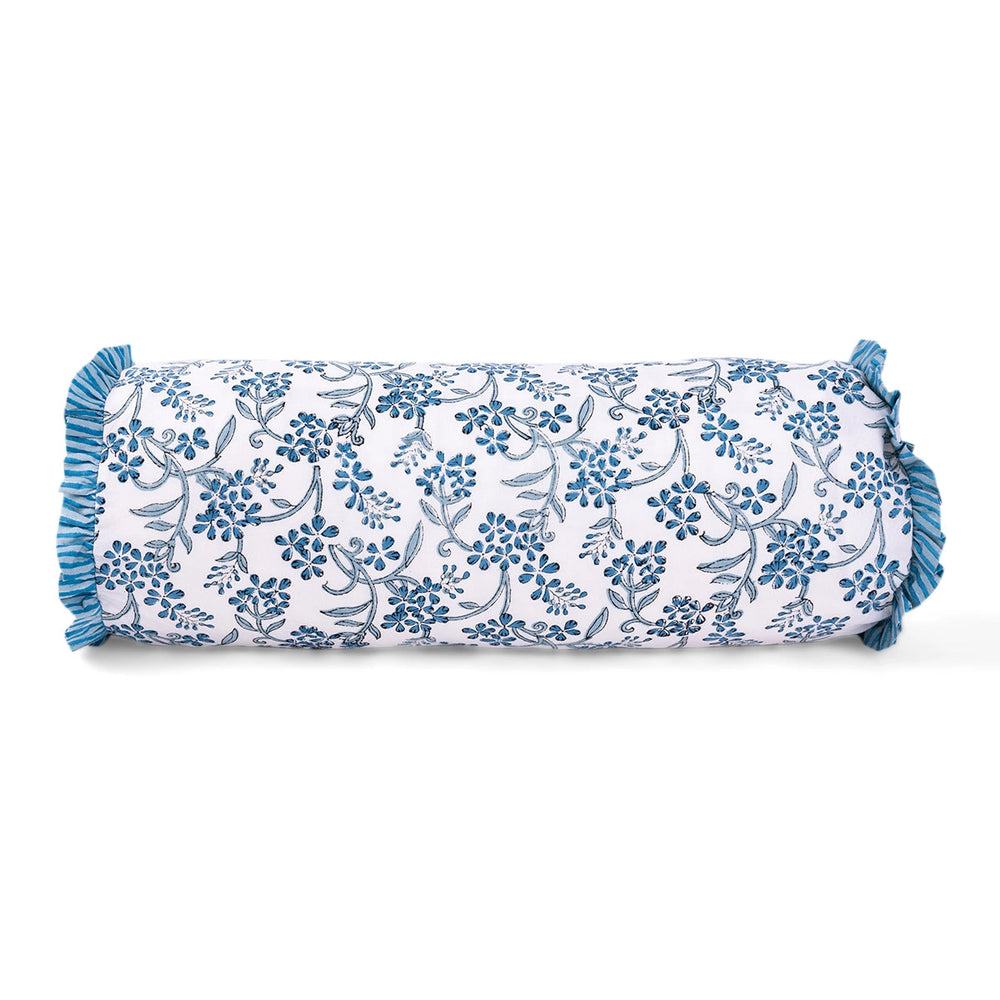
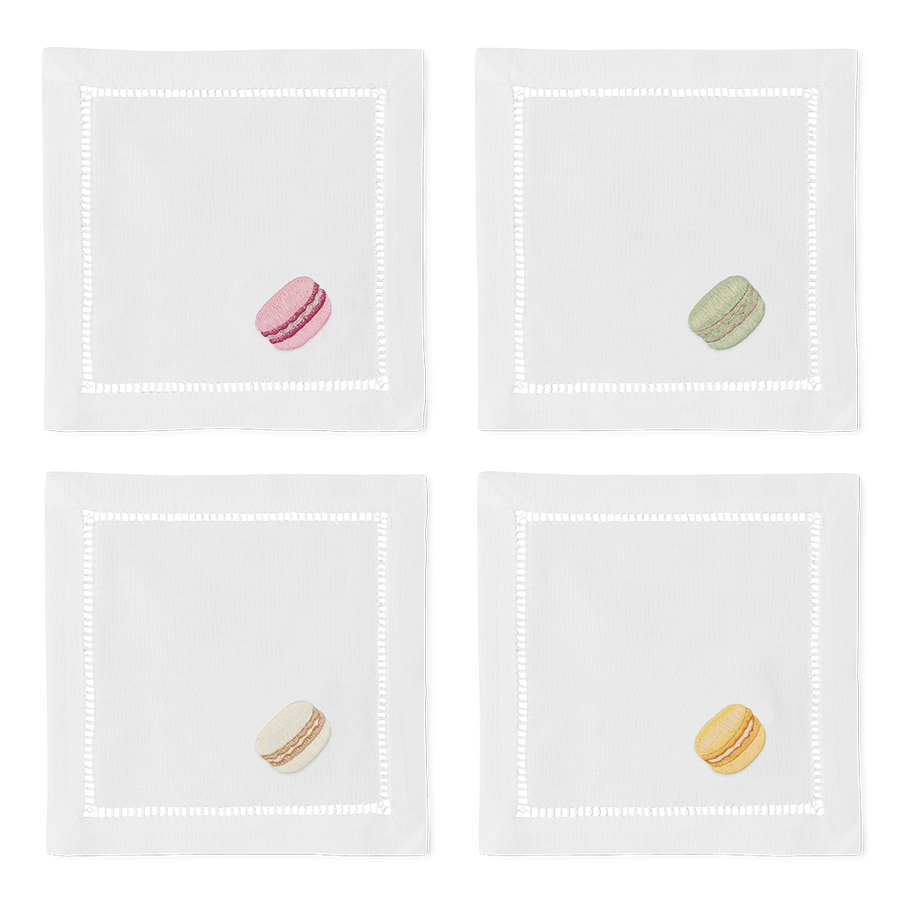
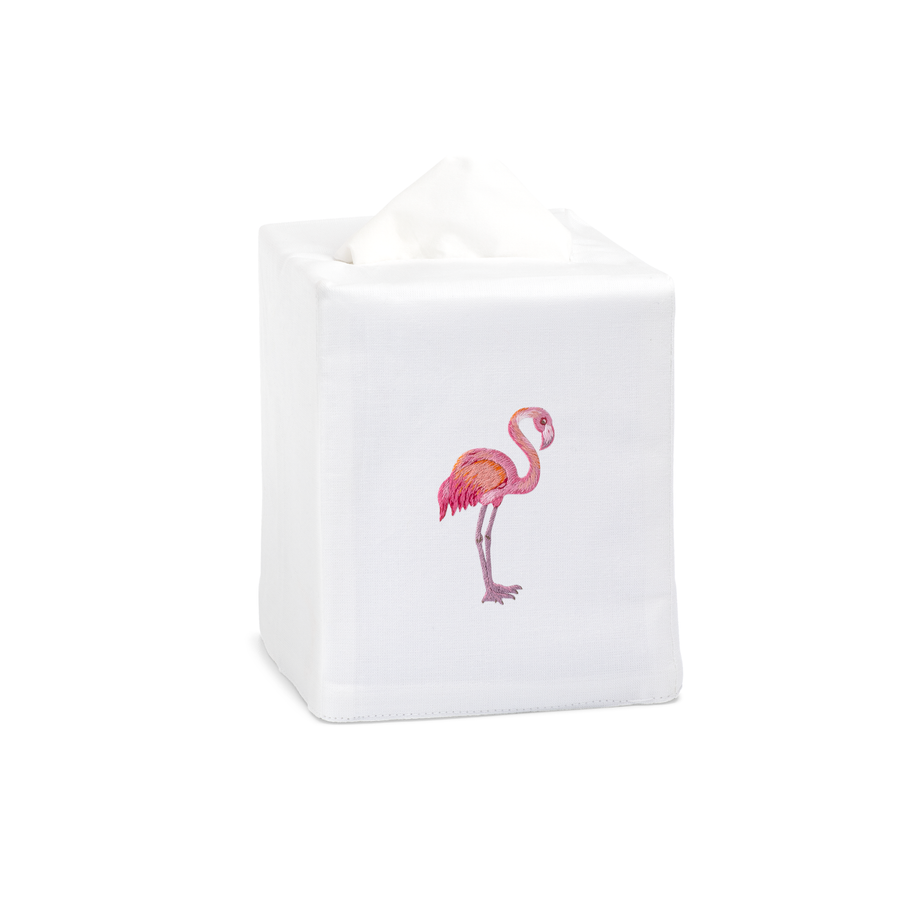















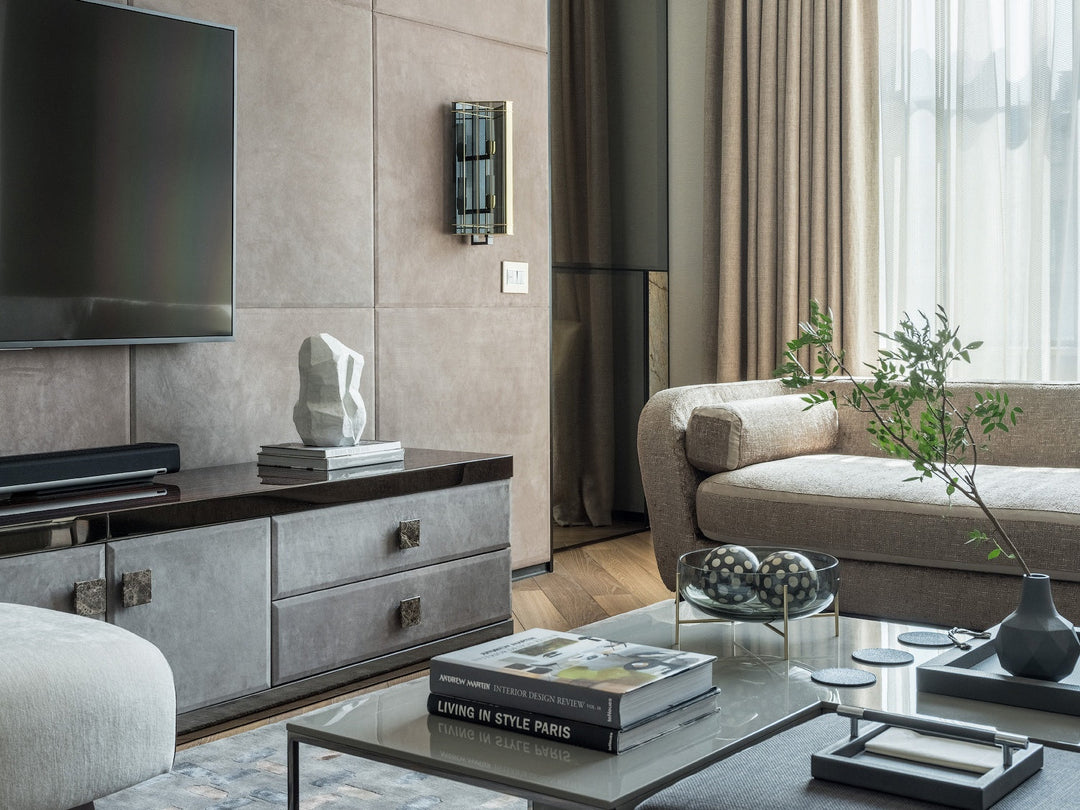


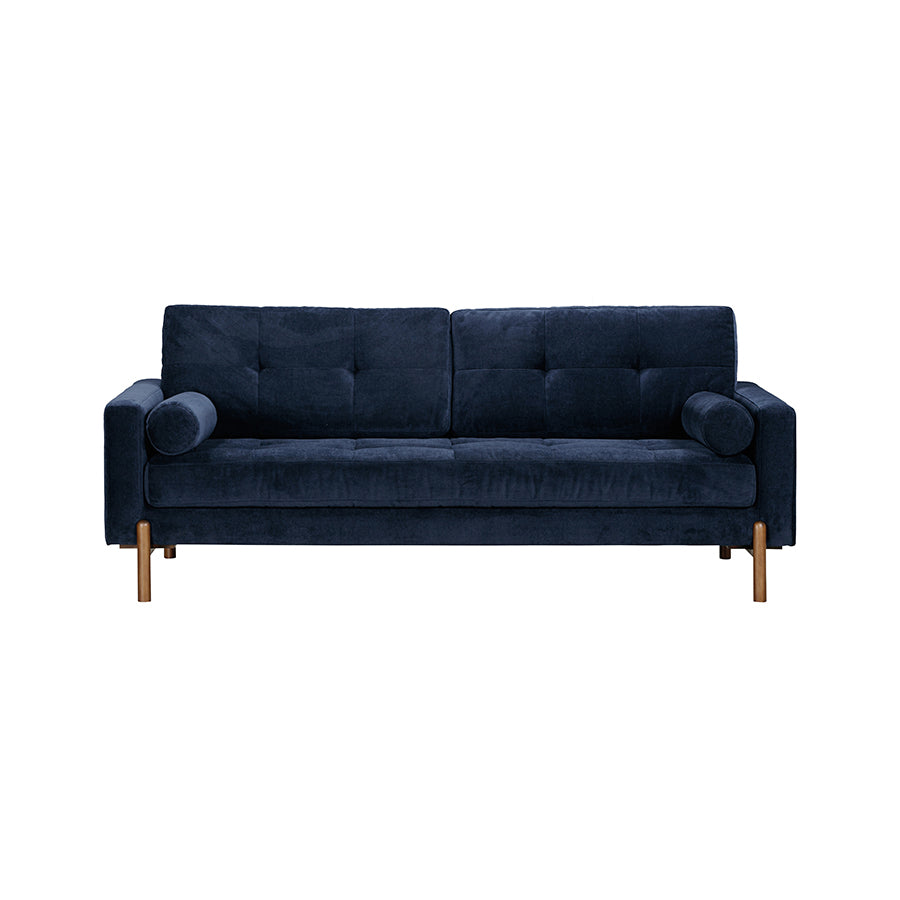





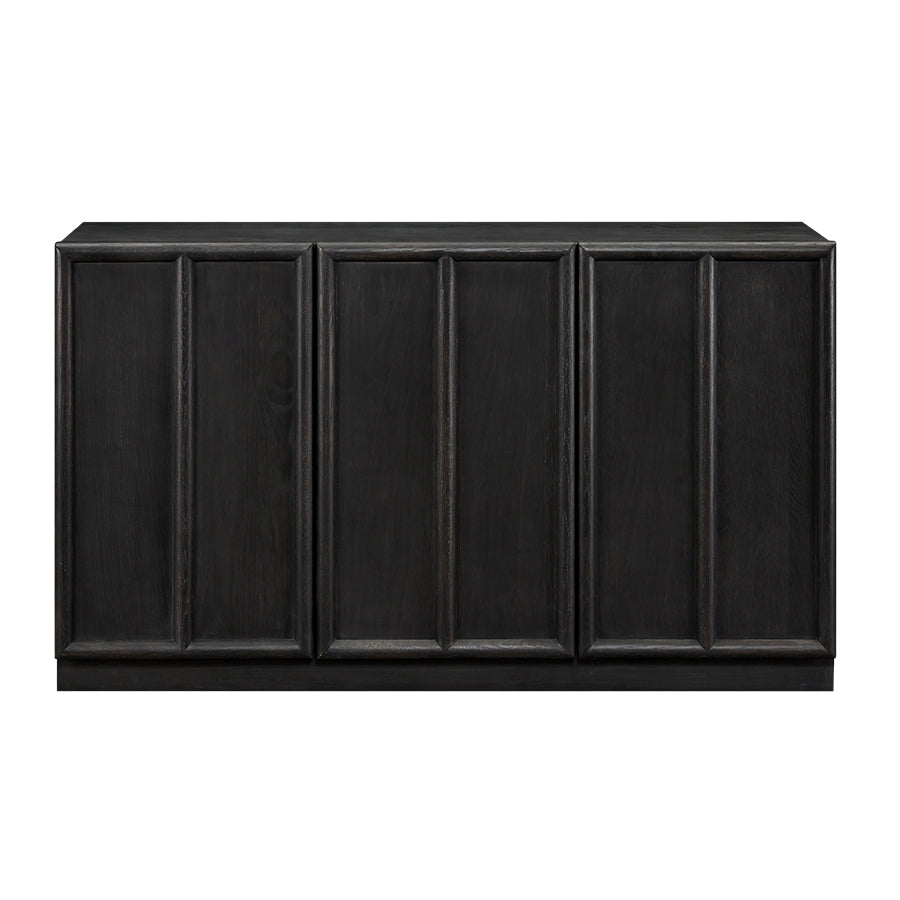




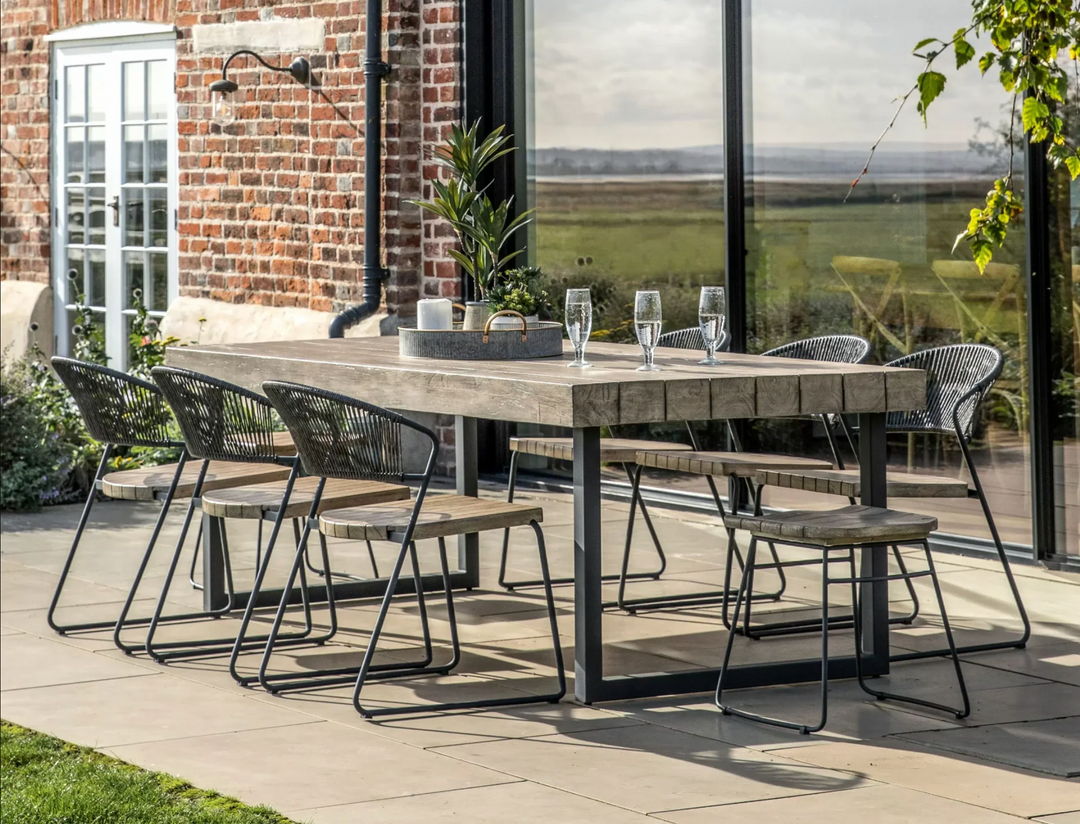
Leave a comment